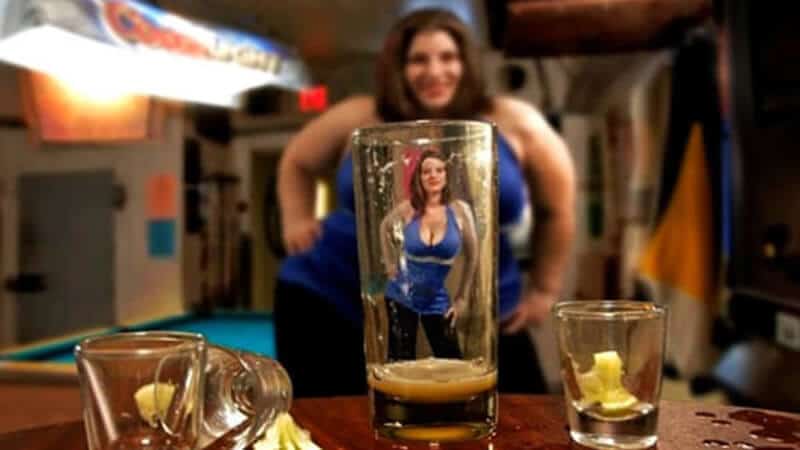
Most of us are familiar with the myth of beer goggles, or the notion that friends and strangers alike become more attractive after a glass (or two) of booze. “Beer goggles” as the term goes, are a frequent topic in sitcoms and — if you’re unlucky — an occasional topic over an uncomfortable brunch. Mythbusters has even dedicated a segment to the occurrence, in which hosts Jamie Hyneman, Adam Savage, and Kari Byron judged the attractiveness of people while sober, buzzed and drunk.
The question is: Are beer goggles a real phenomenon? Or are they simply an urban legend?
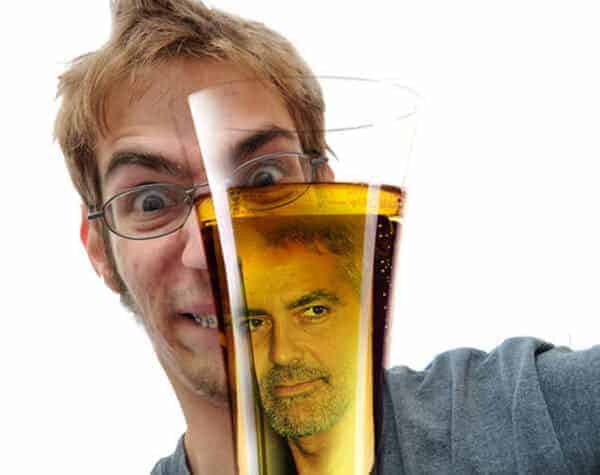
The research behind beer goggles
In 2003, a team of British researchers released a landmark study in the scientific journal Addiction. In this study, they brought 80 heterosexual college students to either a bar or restaurant and had them look at — and then rate the attractiveness of — pictures of both men and women.
Sure enough, the men and women who consumed alcohol were more generous with their ratings: The men who drank believed more than the men who didn’t drink that the women in the pictures were attractive, and the women who drank believed more than the women who didn’t drink that the men in the pictures were attractive. The attractiveness ratings did NOT increase when the inebriated men and women judged photographs of the same sex. Consuming alcohol appeared to be enough to change the attractiveness of potential romantic partners.
In other words? Beer goggles are more than a mere myth.
Although this study was the first to prove the existence of beer goggles, it’s hardly the last. Below are only a few examples of studies that looked at alcohol’s effect on romance:
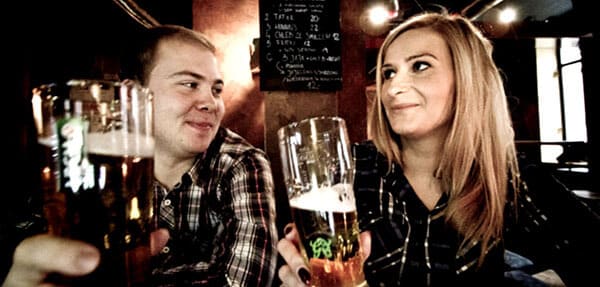
- In 2014, a study published in the journal Alcohol and Alcoholism found that beer goggles can influence the perceived attractiveness of both animate and inanimate objects. In this study, researchers randomly assigned 103 men and women to drink either alcoholic or nonalcoholic beverages. Each group was then shown images of both faces and landscapes. Not only did alcohol increase the perceived attractiveness of both minimally and moderately attractive faces, it also increased the perceived beauty of minimally attractive landscapes.
- A 2012 study in the journal Drug and Alcohol Dependence found that cigarettes can actually enhance the beer goggles effect. Researchers at the University of Bristol, U.K., looked at 96 social drinkers who also smoked cigarettes. In the study, participants smoked either a nicotonized or de-nicotinized cigarette and consumed either an alcoholic or nonalcoholic beverage. Not only did consuming alcohol make faces seem more attractive than usual, but drinking and smoking at the same time worked additively to create the greatest attractiveness ratings of all.
- In 2013, a group of French researchers found that the more alcoholic drinks people consumed, the more attractive they found themselves. This study, comically titled “Beauty is in the eye of the beer holder,” was published in the British Journal of Psychology. Researchers had participants consume either an alcoholic or a nonalcoholic drink, with half of each group being told (correctly or incorrectly) that they had consumed alcohol. After the drinks, each participant delivered a speech and was instructed to rate how attractive, bright, original and funny they were. Participants who drank gave themselves significantly more positive self-evaluations than people who didn’t drink. People who simply BELIEVED that they drank also gave themselves more positive self-evaluations, suggesting that this effect is at least in part psychological. (The scientists noted that, regardless of their self-confidence, the people who were drunk did not deliver better speeches than the people who were sober.)
- In 2015, a study published in the journal Alcohol and Alcoholism found that, to sober individuals, people who had consumed a low dose of alcohol looked more attractive than fellow sober people. In this experiment, the researchers showed sober participants pictures of the same person both sober and after consuming certain quantities of alcohol. The participants believed that the faces of people who had consumed a low dose of alcohol were more attractive than both sober faces and the faces of people who had consumed a high dose of alcohol.
- In 2008, researchers at Penn State found that the beer goggles effect isn’t restricted to humans. This study, published in PLOS One, found that male fruit flies that had been chronically exposed to alcohol were significantly less choosy when it came to finding a mate. Specifically, they were more “forward” with female fruit flies and would regularly try to mate with male fruit flies.
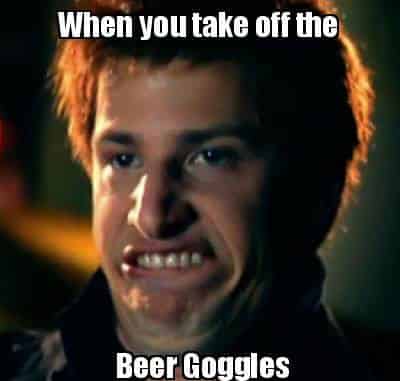
Why does drinking make people seem more attractive?
What is it about alcohol that makes us more inclined to romance?
It may have something to do with lowered social inhibitions — in one study, researchers found that people who had been drinking were more likely to help someone who had dropped an object that people who hadn’t been drinking. With lowered social inhibitions, it may be easier to feel a little more confident and “make a move.”
It’s also possible that alcohol impairs our ability to recognize symmetry, an important component of attractiveness — one study found that people who consumed alcohol were less able to recognize asymmetrical shapes. With alcohol, we may be less inclined to notice a love interest’s crooked nose or jagged smile.
Another possibility is that drinking kicks our brain’s reward system into overdrive. Scientists have found that alcohol causes the brain to release high levels of “feel good” endorphins and dopamine, two chemicals that work with the reward pathway to fuel our desire for enjoyable activities including a good meal and — yes — a good lover. Drinking might make us more likely to seek out these pleasurable activities, even if it means lowering our usual standards.
Beer goggles are also likely a psychological effect, at least in part. In American culture, sharing a glass of wine with a lover is hardly uncommon, nor is downing a glass of champagne before a New Year’s kiss. Even with the growing popularity of online dating, bars are still places where people seek out potential mates. Since we associate alcohol with romance, we may be more likely to feel romantic — and view others as romantic — after a couple drinks.
Regardless of the why, beer goggles DO appear to be a real phenomenon. (The Mythbusters, by the way, concluded that the beer goggles myth is “plausible,” since all three participants rated faces as more attractive when they were drunk versus buzzed.) When we’re drunk, we’re less discerning and more likely to make an impulsive romantic decision.
So in the end, when it comes to pursuing a love interest, it might be best to make sure you’re both sober first. It wouldn’t hurt to give those beer goggles a chance to wear off.


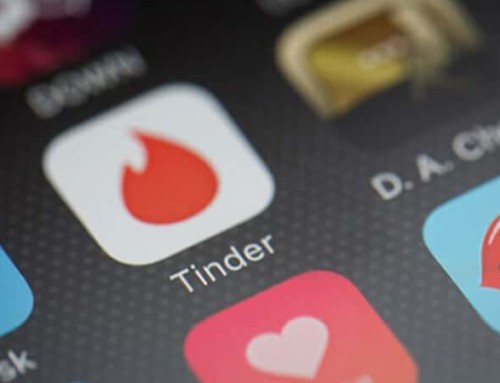
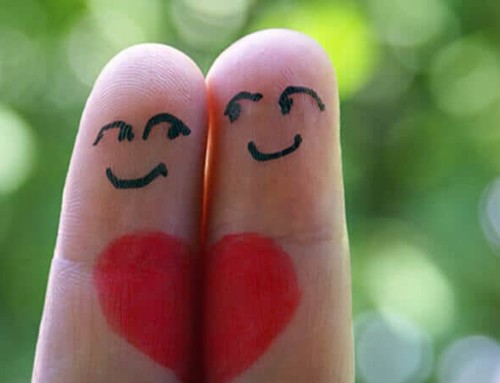
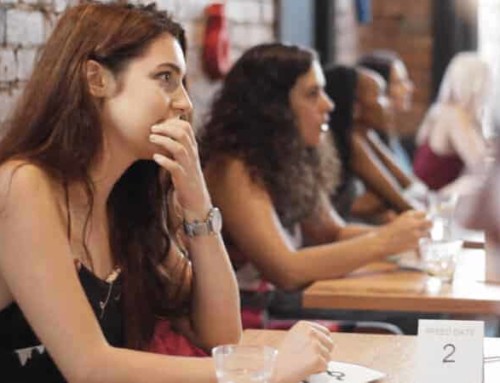
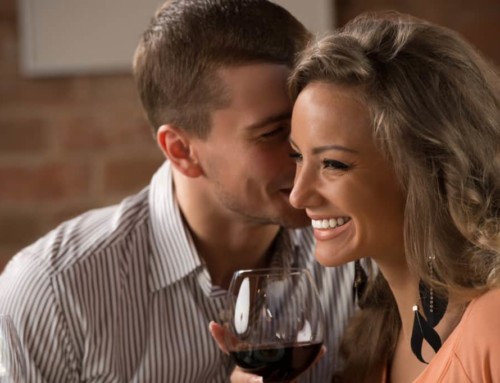
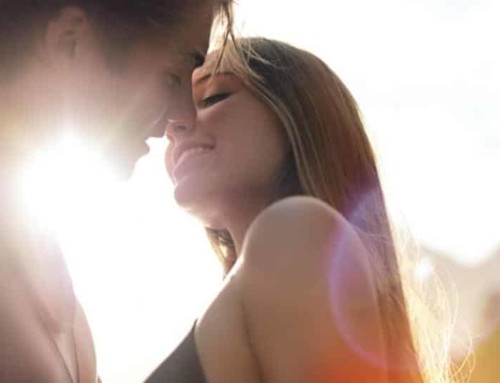
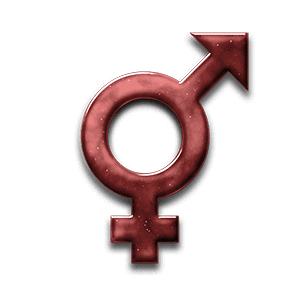
Leave A Comment
You must be logged in to post a comment.